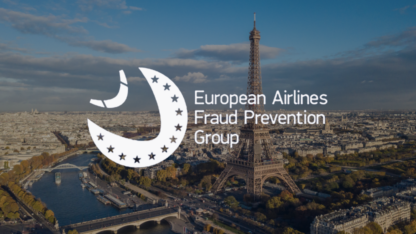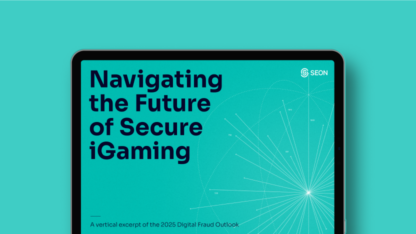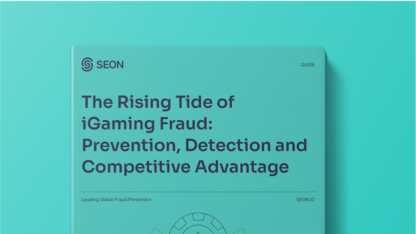-
10-12 June
-
10 November
-
13-15 May
-
See how smart companies turn fraud prevention into growth—driving acquisition, retention, and efficiency.
-
Find out why PEP checks are required and how to do them more easily.
-
The iGaming industry is booming, with projections estimating its value will soar to $370 billion by 2032. This growth presents…
-
A quick guide to iGaming fraud trends, threats, and smart prevention strategies using AI, real-time tools, and seamless player protection.
-
Fraud prevention is undergoing a seismic shift, and the pressure is mounting. As payment systems speed up and fraud tactics…
-
 Article
ArticleKey takeaways from ‘How to Turn Fraud Prevention Into Your Competitive Advantage’ featuring 10bet and Superbet
Discover how 10bet and Superbet use strategic fraud prevention to boost ROI, enhance player trust, and turn risk teams into…
-
Explore Brazil’s new iGaming rules and learn how operators can stay compliant, prevent fraud, and unlock growth in a $3.6B…
-
Download our iGaming fraud guide to stop threats early, stay compliant, and protect revenue.
-
Fraud prevention isn’t just about reducing risk—it’s a business growth driver and a competitive edge. The most successful iGaming operators…
Resources
Learn from industry peers, practical how-to guides and engaging videos to stay up to date on fraud trends and the latest prevention strategies.
Take the First Step Toward Transformative Fraud Prevention
“SEON significantly enhanced our fraud prevention efficiency, freeing up time and resources for better policies, procedures and rules.”
Chief Compliance Officer, Soft2Bet
Trusted by 5,000+ Global Organizations:
Book Time With Our Experts
This form may not be visible due to adblockers, or JavaScript not being enabled.










